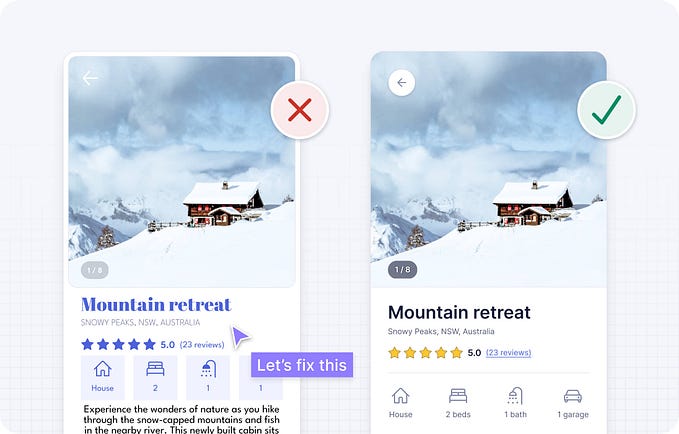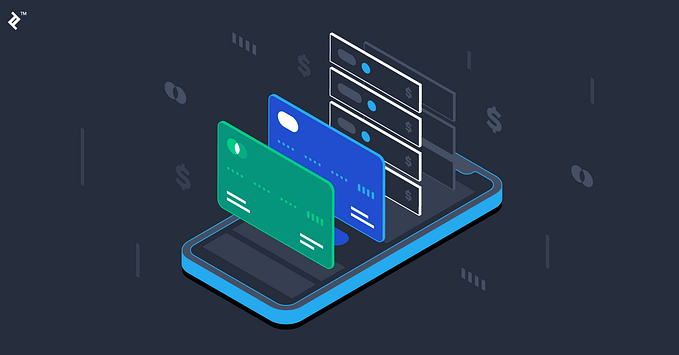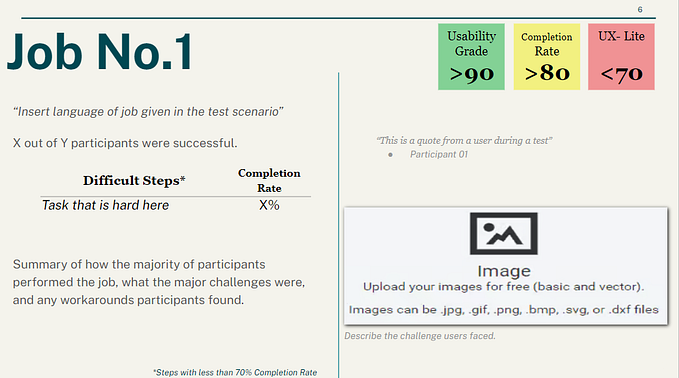
Product Development—a Creative Process
A pleasant product user experience is in large part a result of a creative product development process. This equally applies to physical as well as digital products, including software systems and applications.
Discussion
At the core of any product lies an idea, or a concept. A product idea is brought to life through a Product Development process. It is a sequential progression of three interdependent steps:
Product Idea > Product Development > Product
A new product idea is often defined by a need for a particular product on the market. Such need may be driven by existing or anticipated product demand. New products are also developed to offer consumers a more advanced set of features and functionalities than analogous competitive products in the marketplace.
A product development process is fundamentally a creative process. In their book, The Universal Traveler: A Soft-Systems Guide to Creativity, Problem-solving and the Process of Reaching Goals, Don Koberg and Jim Bagnall define the creative process as a sequence of seven stages. Maria Popova, in her BrainPickings article on the subject, eloquently describes this book as the “blueprint to design thinking nearly four decades before design thinking was a buzzword.”
As applied to Product Development, the seven stages of the creative process are:
Accept Situation
Product stakeholders, product owners and other participants agree on a full commitment to the project, including finding the appropriate solution to the problem. Beginning with this stage and going forward, timely and effective communication among all project teams is absolutely critical.
Analyze
Conducting extensive holistic analysis of the problem is important for the product team. The discoveries made in the process help define the overall project strategy going forward. User testing, along with feedback gathering and analysis, become an integral part of this and all of the subsequent stages.
Define
This stage includes restating the problem clearly by defining specific goals. Largely driven by the product owner, and with the input of the entire team, intended goals are outlined to meet the business requirements. The product’s long-term strategic vision is defined as well.
Ideate
Product ideation effectively draws from the talents of the multi-faceted product development team. This process involves coming up with a number of concepts and options.
Select
Upon the completion of the ideation process the overarching product development approach is selected. This stage may include the cost-benefit analysis and other quantitative evaluation measures.
Implement
At this juncture it is all systems go. The product team will utilize an appropriate software development methodology, such as Waterfall, Agile, etc., to drive the project forward. The implementation milestones may include the MVP (minimum viable product), and other project progress determinations.
Evaluate
The evaluation process assesses and establishes whether or not the implemented solution works effectively. Based on the evaluation results appropriate steps may be taken to improve or otherwise modify the outcome.
The User Experience of Product Development
Throughout all seven stages the User Experience team evaluates a broad range of factors to gain a better understanding of the product, its components and processes. It conducts regular usability reviews and provides appropriate recommendations to the rest of the product team.
Specific user experience considerations are addressed in the development of software systems and applications. As I describe in my article The Principle of Least Astonishment defining the user’s interactive behavior patterns that are consistent with the overall product purpose is of utmost importance. A system’s design must not only reflect the human users’ functional needs, but also anticipate, and even suggest interactions and patterns of behaviors that would make their overall experience a pleasant one.
The Emotional Connection
In his seminal work on the subject, Emotional Branding, published in 2001, the late Marc Gobé defined the “Ten Commandments of Emotional Branding.” Nearly two decades later, two of them, From Function to Feel and From Product to Experience, have become increasingly important in the product development process.
Operating in a heavily saturated digital marketplace, institutional and retail consumers have the opportunity to extensively evaluate available product choices. This includes evaluating various product features and functionalities, as well as potential product customization options. Therefore it is important for the entire product team to establish their product’s brand narrative early on in the process. Doing so will enable them to outline specific brand touchpoints, which serve as unique brand conduits between the product and its customers.
While the product functionality is important, how the overall product experience makes the customers feel plays an equally important role. Conducting inquiries into this may provide the critical insight and help evaluate the overall product strategy going forward. For new products this can be done early on in the process at the completion of the minimum viable product stage. For existing ones this must be addressed on the ongoing basis to help maintain successful market presence.
Conclusion
The Product Development process is a creative process. The overarching two-prong objective of any product project is to develop a highly capable product as well as to create an emotional connection with its customers. Such approach may help to successfully establish and maintain long-term customer-product relationship, a key element of customer brand loyalty.









